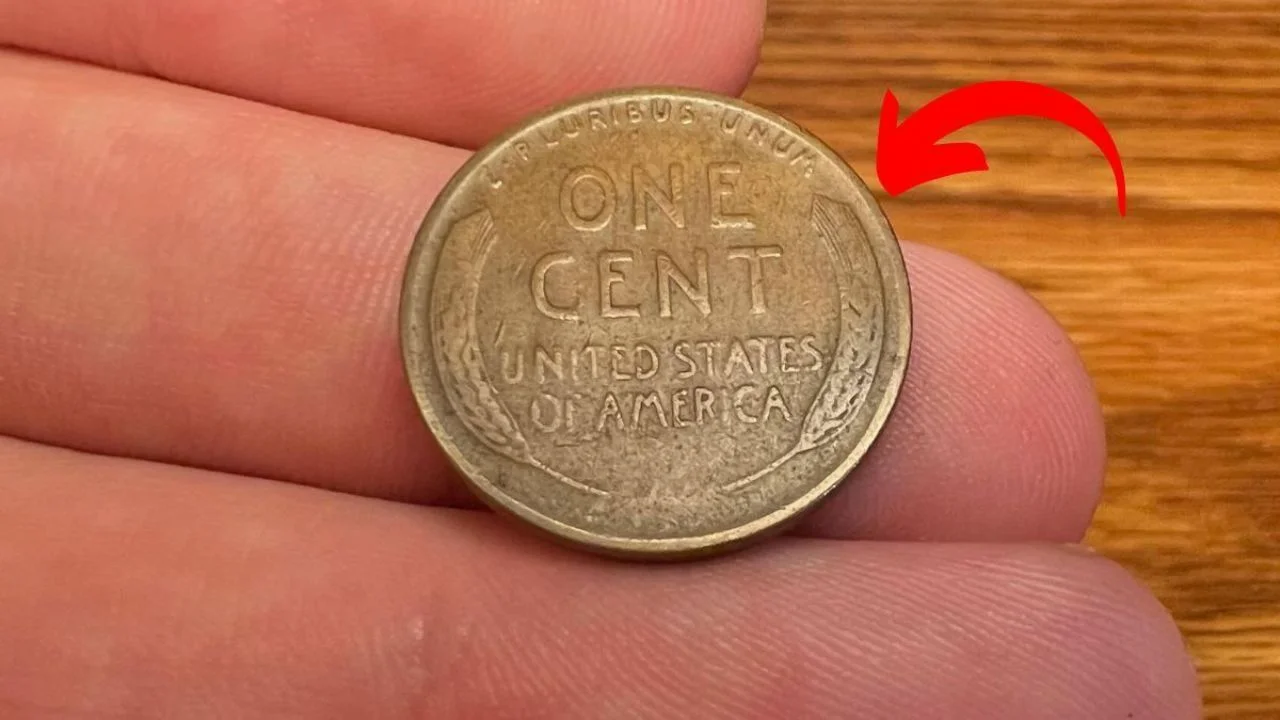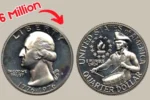The Lincoln Wheat Penny Valued at $7 Million, Still in Circulation?
Coins are something we use every day without giving them much thought. But what if one of those ordinary pennies in your pocket turned out to be worth $7 million? It might sound unbelievable, but it’s true—one rare version of the Lincoln Wheat Penny is valued at an incredible price, and there’s still a chance that a few of them are out there, still in circulation.
Many people have old jars filled with coins at home, or spare change lying around in drawers. What they might not know is that one of those little brown pennies could be a hidden treasure. Let’s explore what makes this penny so valuable, how to spot it, and what to do if you think you have one.
What Is the Lincoln Wheat Penny?
The Lincoln Wheat Penny was first introduced in 1909 and was produced until 1958. It features the profile of President Abraham Lincoln on the front and two wheat stalks on the back. This coin replaced the Indian Head cent and was the first U.S. coin to include a real person’s portrait.
Millions of Wheat Pennies were made during those years, but only a few versions are considered extremely rare and valuable. The most famous of these is the 1943 copper Wheat Penny, which is believed to be worth up to $7 million today due to its scarcity and history.
Overview Table – Rare Lincoln Wheat Pennies and Their Estimated Values
| Year / Type | Mint Mark | Estimated Value | Special Features |
|---|---|---|---|
| 1943 Copper Wheat Penny | No Mint / D / S | Up to $7 Million | Extremely rare, mistakenly made from copper |
| 1909-S VDB | S | $1,000 – $100,000 | First year with designer’s initials, low mintage |
| 1914-D | D | $500 – $10,000 | Rare year with few surviving examples |
| 1922 No D | No D | $1,000 – $6,000 | Error coin missing mint mark |
| 1955 Double Die | No Mint | $1,500 – $20,000 | Lettering appears doubled due to a minting error |
| 1944 Steel Penny | No Mint / D | $50,000 – $100,000 | Wrong material used after the war |
Why Is the 1943 Copper Penny Worth So Much?
In 1943, during World War II, the U.S. Mint decided to make pennies out of steel coated with zinc to save copper for the war effort. However, a few copper blanks from the previous year accidentally made their way into the minting machines. These coins look almost identical to normal pennies but are made of copper instead of steel.
Only a small number of these 1943 copper Wheat Pennies were ever made—possibly fewer than 20. Because of their extreme rarity and the historical mistake, these coins are now worth millions. The last known sale of one of these coins reportedly reached close to $7 million, making it one of the most valuable pennies ever.
Can This Penny Still Be in Circulation?
Yes, and that’s what makes this story even more exciting. It’s possible that a 1943 copper penny is still in circulation or sitting in someone’s change jar, totally unnoticed. Over the years, many people have accidentally spent or overlooked these rare coins, thinking they were just ordinary pennies.
Places where you might still find one include:
-
Old jars or boxes of coins from grandparents or parents.
-
Coin rolls from banks or coin machines.
-
Yard sales or flea markets where loose coins are sold in bulk.
-
Inherited coin collections that haven’t been carefully checked.
You don’t need to be a collector to stumble across a valuable coin—it happens to everyday people.
How to Tell If You Have a Rare 1943 Copper Penny
Here are some steps you can take to find out if your penny is the real deal:
-
Check the date – It must say 1943.
-
Test with a magnet – Steel pennies stick to a magnet; copper ones do not.
-
Look at the color – Copper pennies have a reddish-brown tone, unlike the silver-gray of steel ones.
-
Check the weight – Copper pennies weigh about 3.11 grams, while steel ones are lighter at 2.7 grams.
-
Inspect the mint mark – Located under the date, look for “D” (Denver), “S” (San Francisco), or no mark (Philadelphia).
If you suspect your penny is valuable, take it to a professional coin dealer or grading service like PCGS or NGC to confirm.
What to Do If You Think You Found One
If you come across a 1943 copper penny or any rare Wheat Penny:
-
Don’t clean it! Cleaning can ruin the coin and drop its value.
-
Store it safely in a coin holder or plastic sleeve.
-
Get it graded by a professional coin grading service.
-
Avoid selling it quickly to avoid being underpaid—consult multiple sources.
-
Consider auctioning the coin through a reputable coin auction house.
Many people have sold these coins for six- or seven-figure amounts. If yours is real, it could change your life.
Frequently Asked Questions (FAQs)
1. How many 1943 copper Wheat Pennies exist?
Only around 10 to 20 genuine examples are known to exist. That’s why each one is so valuable.
2. What makes the 1943 penny so special?
It was a minting mistake—copper was not supposed to be used in 1943, but a few were accidentally made, making them incredibly rare.
3. Are Wheat Pennies always valuable?
No, most Wheat Pennies are common and only worth a few cents. Only certain years, errors, or mint marks make some of them valuable.
4. Can I find valuable pennies in circulation today?
Yes, though it’s rare. Some people still spend old coins without realizing their worth, so always check your change.
5. How can I sell a rare penny?
Once graded and confirmed as genuine, you can sell it through coin dealers, auctions, or online collectors’ platforms. Always get multiple offers.
Conclusion
The idea that a Lincoln Wheat Penny could be worth $7 million and still be sitting somewhere in someone’s pocket is both exciting and fascinating. These little coins, once used to buy candy or ride a bus, now hold stories of history, mistakes, and massive value.
You never know—you could be just one coin away from finding a true treasure. So the next time you get a penny in your change, don’t ignore it. Take a closer look. It could be the million-dollar find you never expected.



